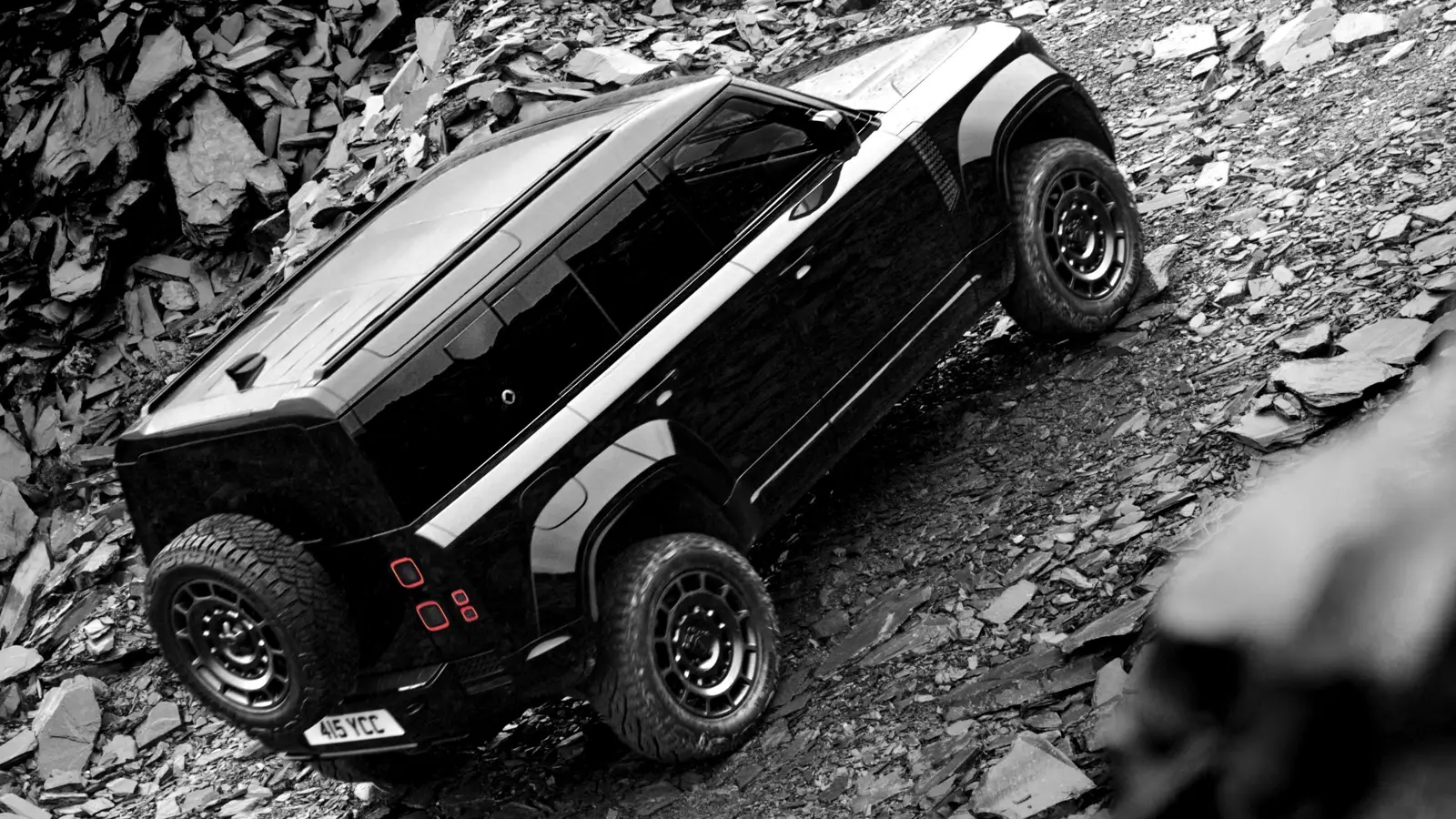News
Ground Clearance Explained: Importance, Standards, and History

Understand what ground clearance is, how it affects off-road ability, and how it evolved in vehicles like the Jeep Cherokee and UAZ-469.
When talking about off-road capabilities, ground clearance is often the first thing mentioned. Yet behind this seemingly simple concept lies an entire system of logic and engineering. Ground clearance isn’t just a few inches of space between the car and the terrain — it’s a decisive factor in how far your vehicle can go and how safely it can get there.
What exactly is ground clearance — and why does it matter?
Ground clearance refers to the shortest distance between the lowest point of the vehicle's underbody — usually the differential or exhaust — and the ground. It determines whether your car can roll over rocks, roots, and obstacles without damaging critical components. Jeepzine notes that this gap directly influences safety, off-road performance, and the protection of the drivetrain.
How is ground clearance measured?
Forget measuring from the bumper — the real number comes from the lowest mechanical point beneath the vehicle. It's also important to factor in full loads. Once the car is fully packed with passengers or gear, the suspension compresses, reducing the effective clearance by 1 to 5 cm — a detail crucial for any off-road plan.
How much clearance do you need?
For light off-road scenarios like gravel roads or forest paths, 6 to 8 inches (15–20 cm) will usually suffice. Moderate adventures, such as trail driving or shallow water crossings, require around 8 to 10 inches (20–25 cm). And for serious rock-crawling, 10 to 13 inches (25–33 cm) — or more — become mandatory.
Angles matter too: approach, departure, breakover
Ground clearance alone doesn’t guarantee off-road success. The approach angle defines how steep a slope you can ascend nose-first without scraping the front. The departure angle tells the same story for the rear. And the breakover angle measures how well your vehicle can crest a hill or ridge without getting its belly caught. These metrics are crucial and often overlooked, yet they’re just as important as raw height, according to experts at Offroad Alliance.
A look back: how clearance changed over time
The Jeep Cherokee line is a telling example. The classic XJ version in the late ’80s boasted a 216 mm clearance. Fast forward to the 2010s, and the KL model dropped to just 142 mm — a shift reflecting the growing priority of city comfort over terrain dominance. In contrast, legends like the UAZ-469 (≈220–300 mm) and AMC Eagle embraced clearance as part of their identity, balancing rugged capability with unique design philosophies.
Engineering elevation: portal axles
One of the most innovative answers to the clearance dilemma is the portal axle. By placing gear reduction hubs at each wheel, engineers raise the axle line without altering the suspension geometry. This boosts clearance dramatically. The Bollinger B1/B2, for example, sports portal axles and offers up to 15 inches (≈38 cm) of clearance — a setup built for serious off-roaders.
Not all lift is good lift
Yes, you can raise your vehicle with lift kits, larger tires, or portal axles — but there’s a catch. Each enhancement shifts the center of gravity, potentially reducing handling and increasing drag. Fuel efficiency and ride comfort may suffer too. That’s why experts recommend gradual upgrades, tailored to your intended use.
In the end, ground clearance is more than just a number — it’s a balancing act between engineering, terrain, and driver expectations.
2025, Jul 19 15:30


